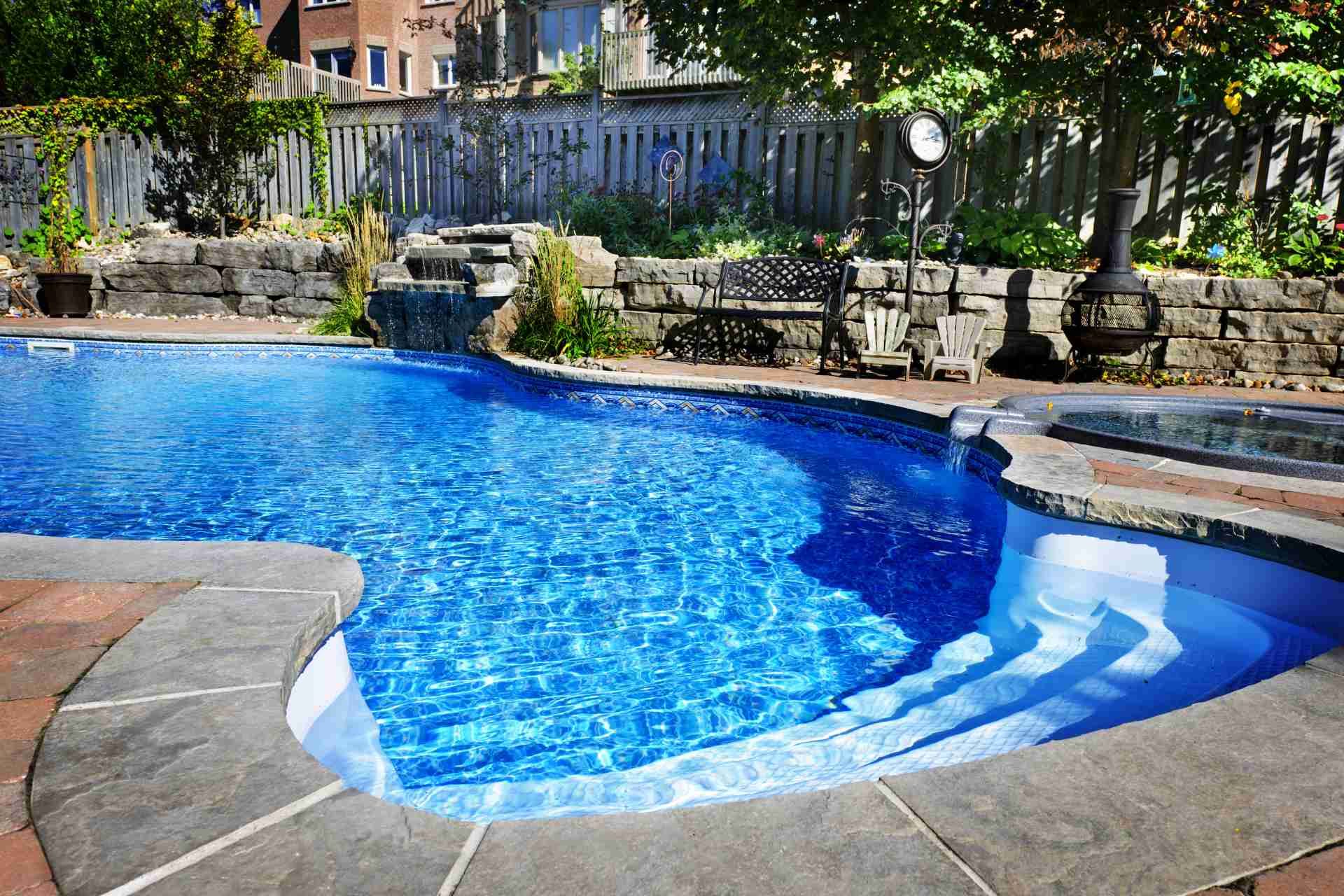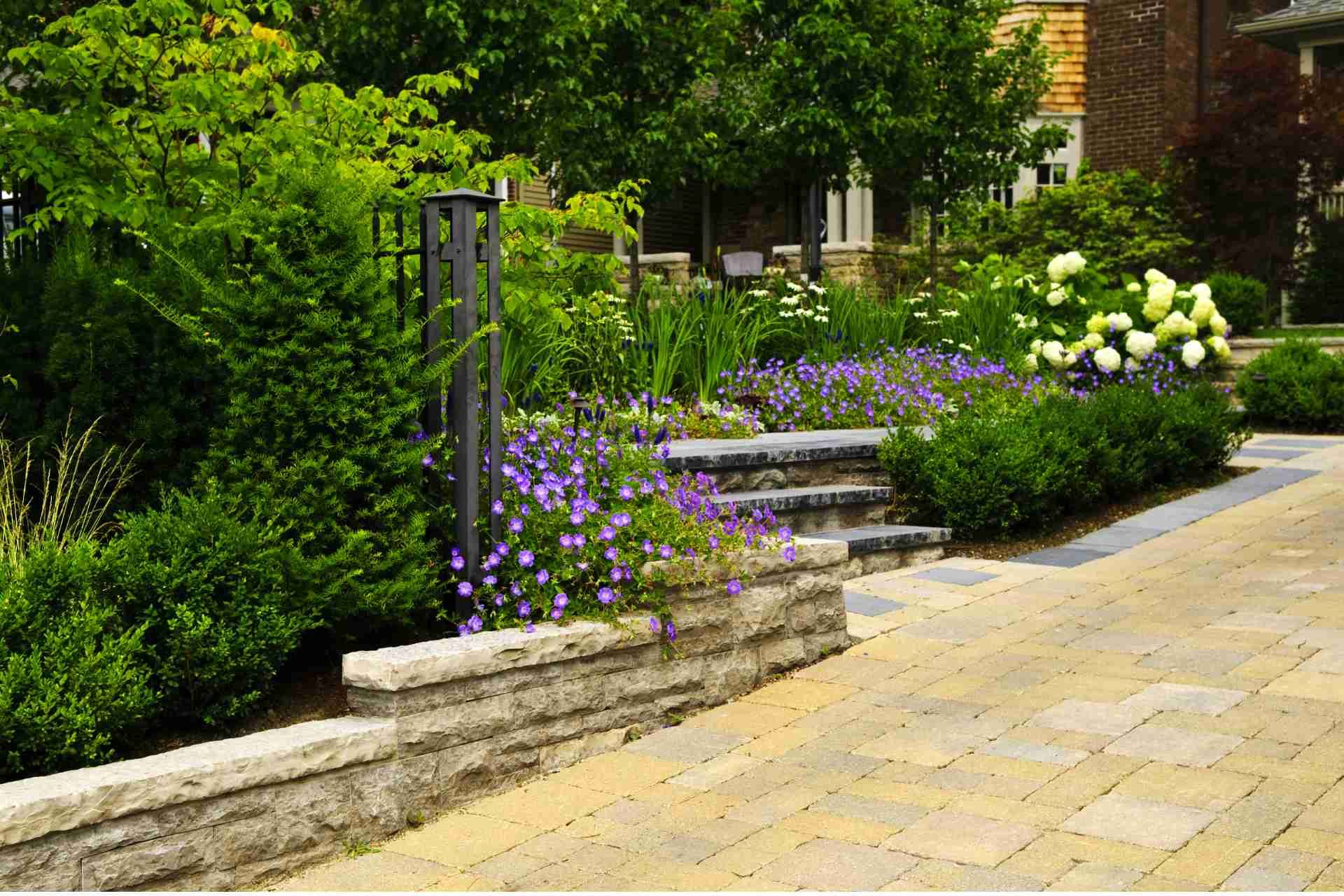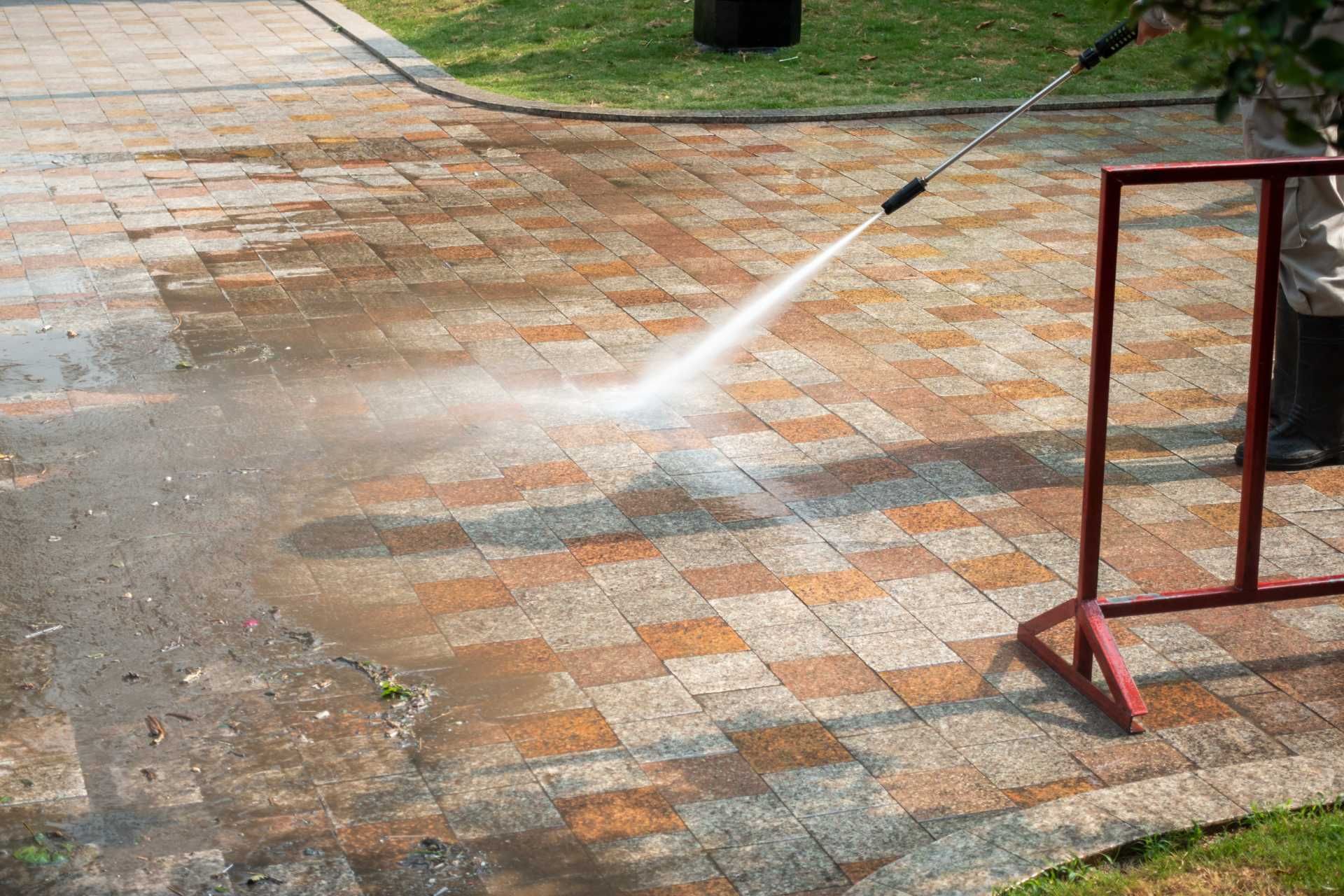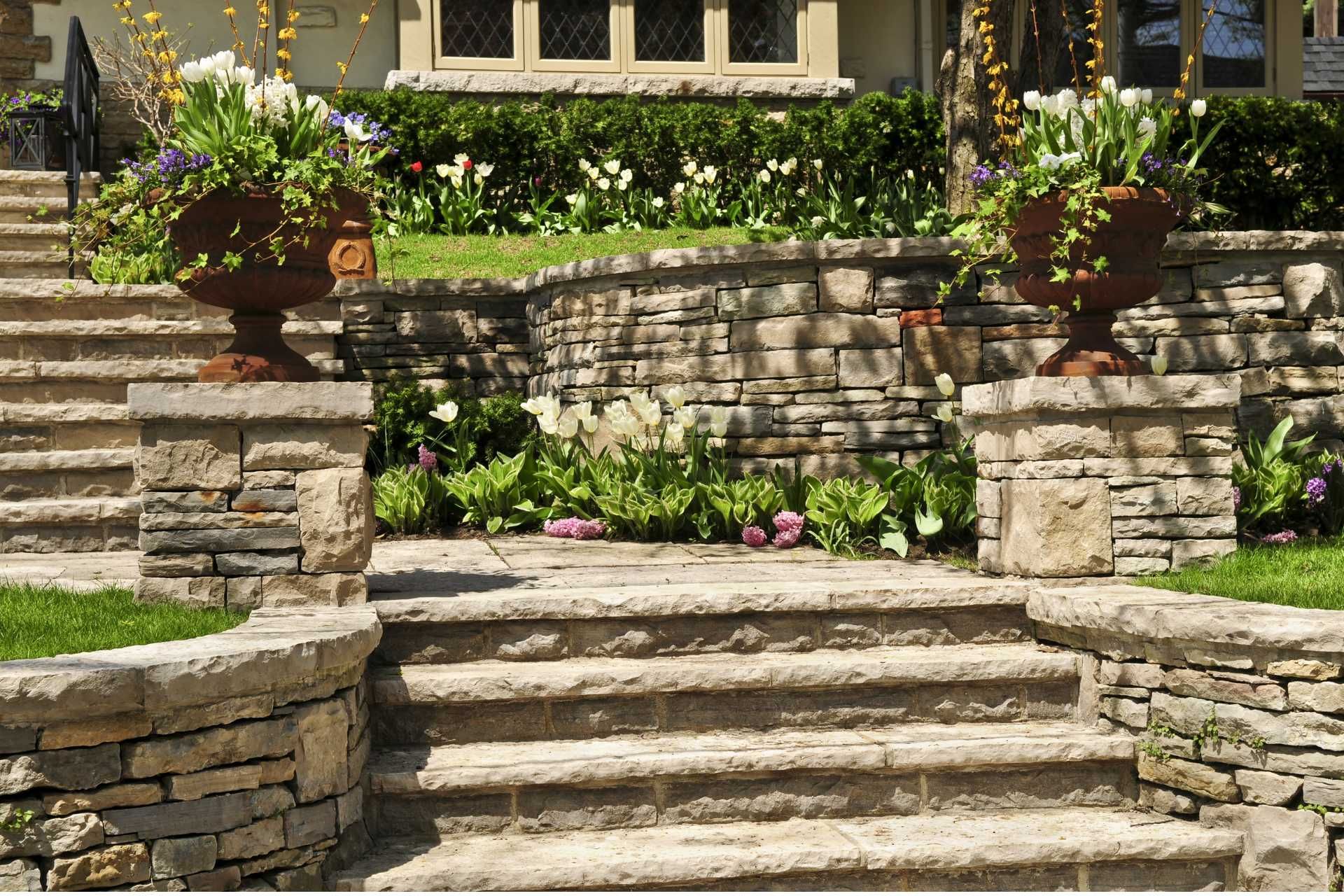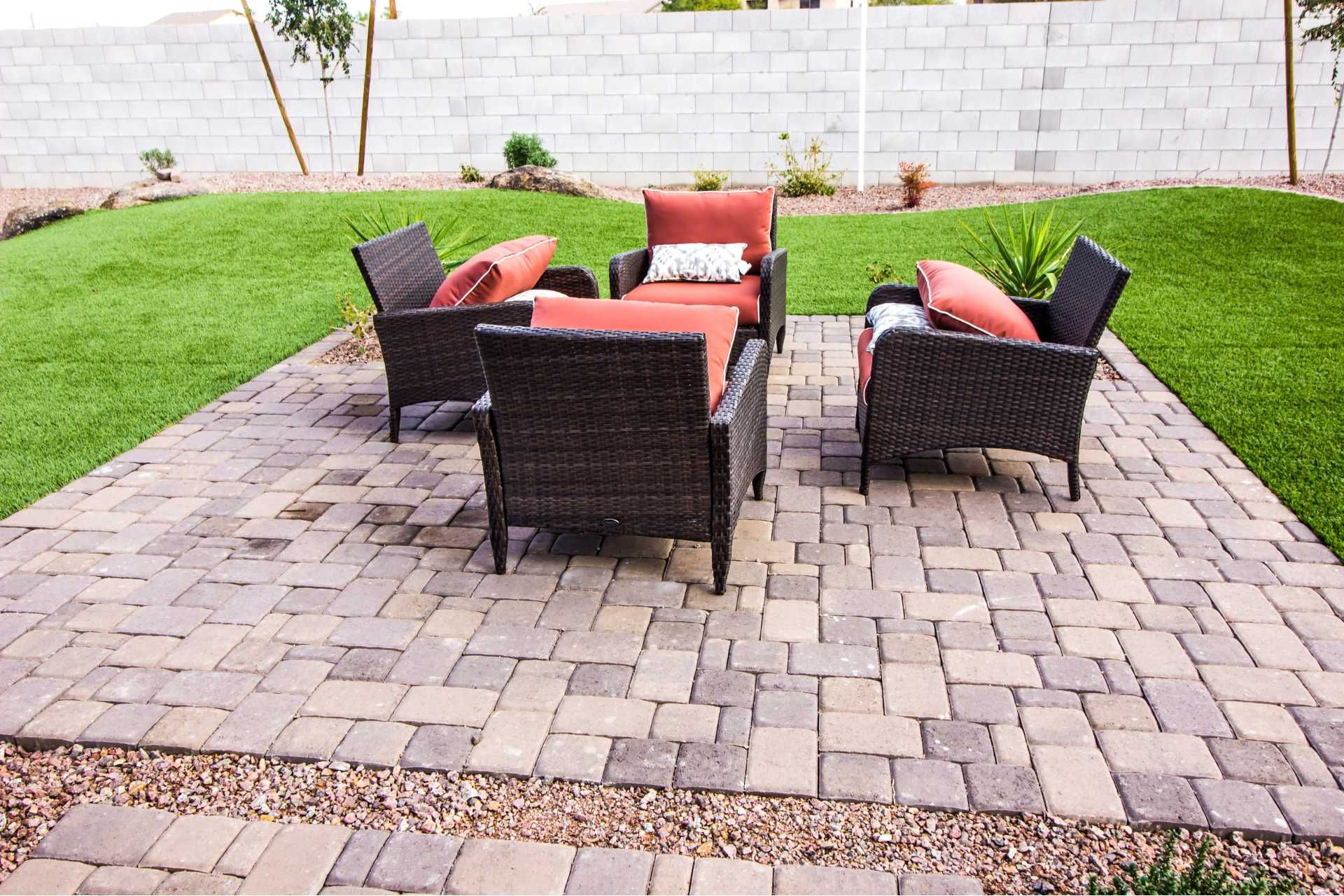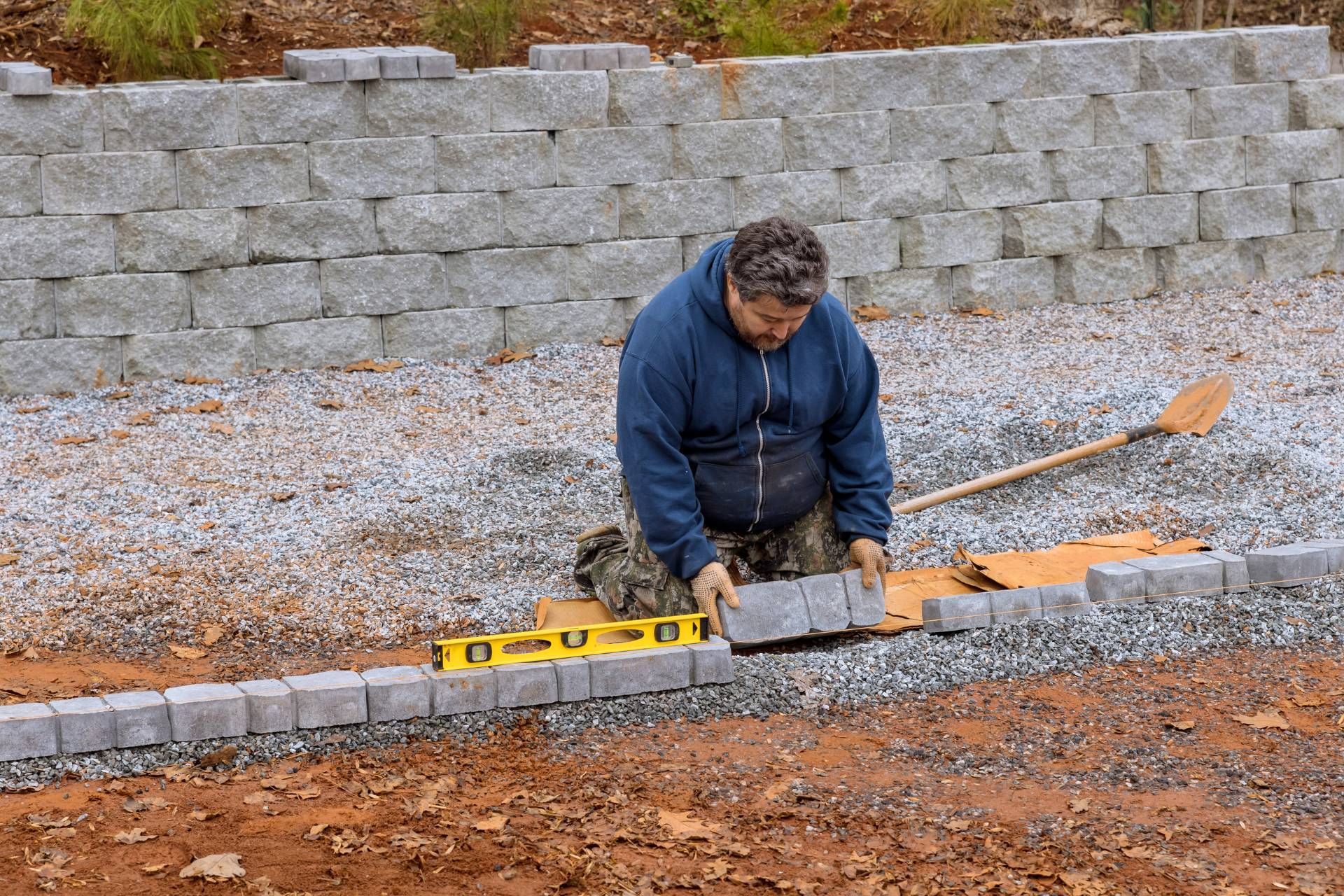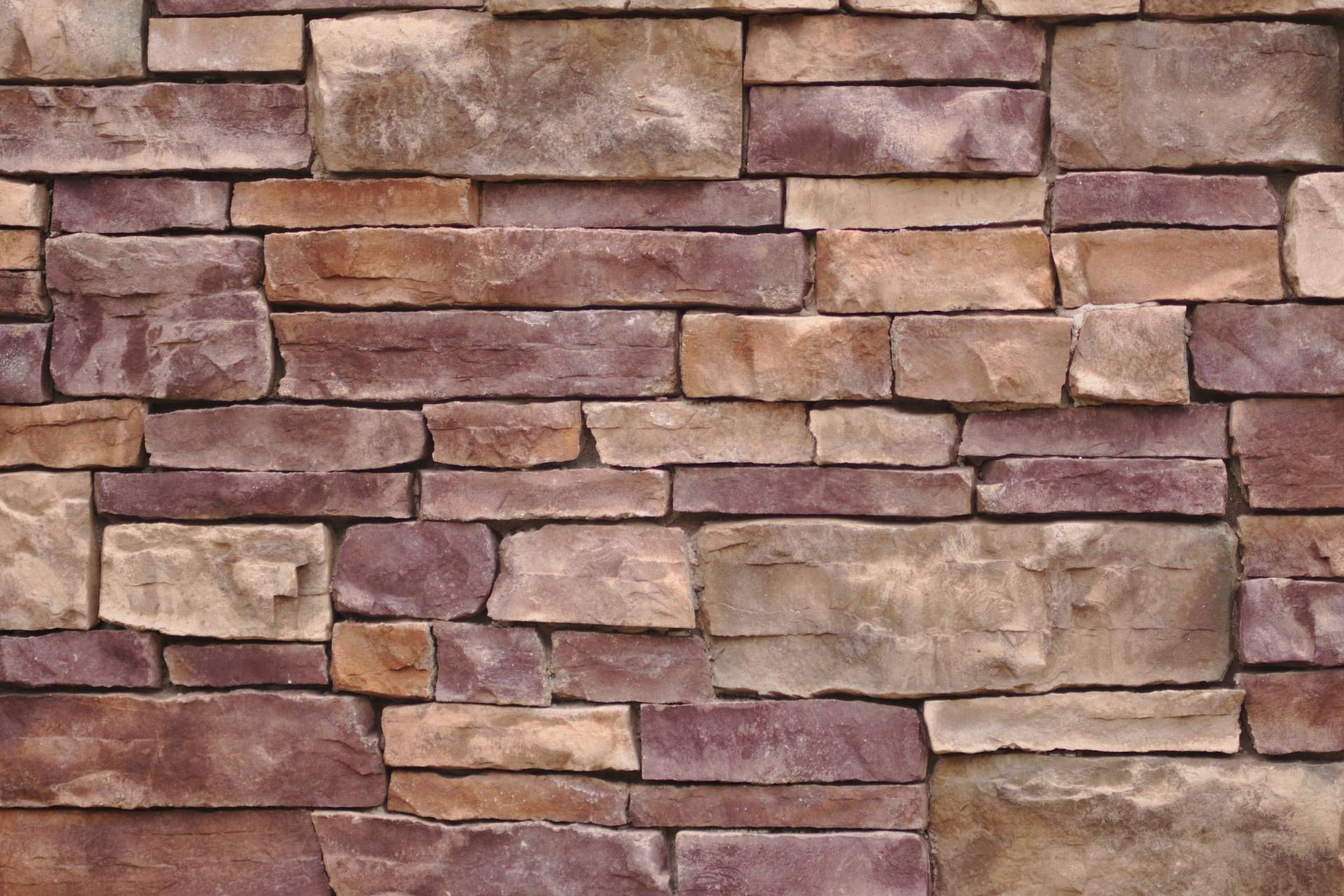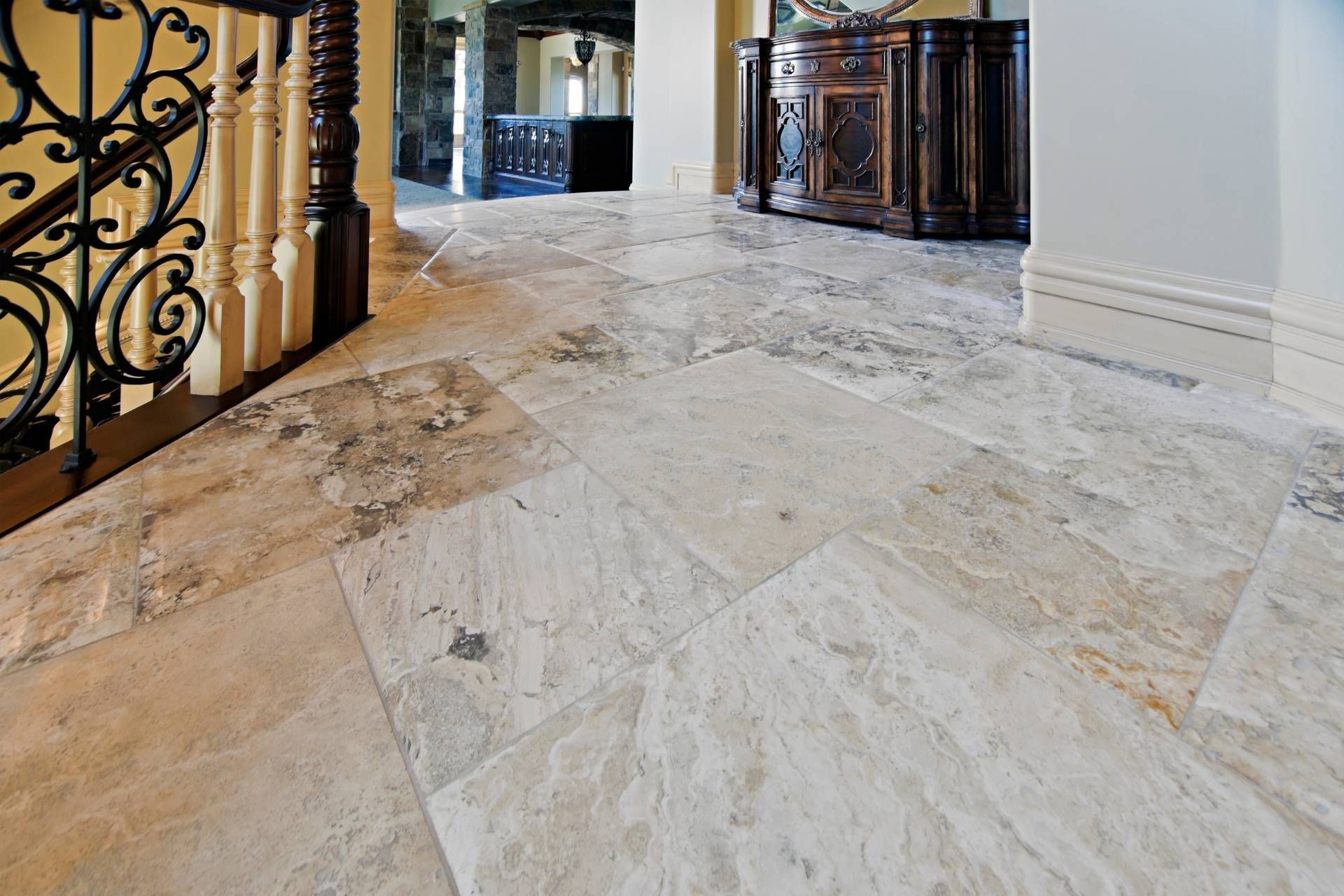Ideas for Flagstone to Elevate Your Landscape
Flagstone, a durable and versatile natural stone, has long been a popular choice for outdoor landscaping and hardscaping projects. From patios and walkways to poolside decks and garden paths, flagstone adds a touch of elegance and sophistication to outdoor spaces. In this blog post, we will explore some creative ideas for flagstone when incorporating it into your landscape design to create a stunning outdoor oasis.
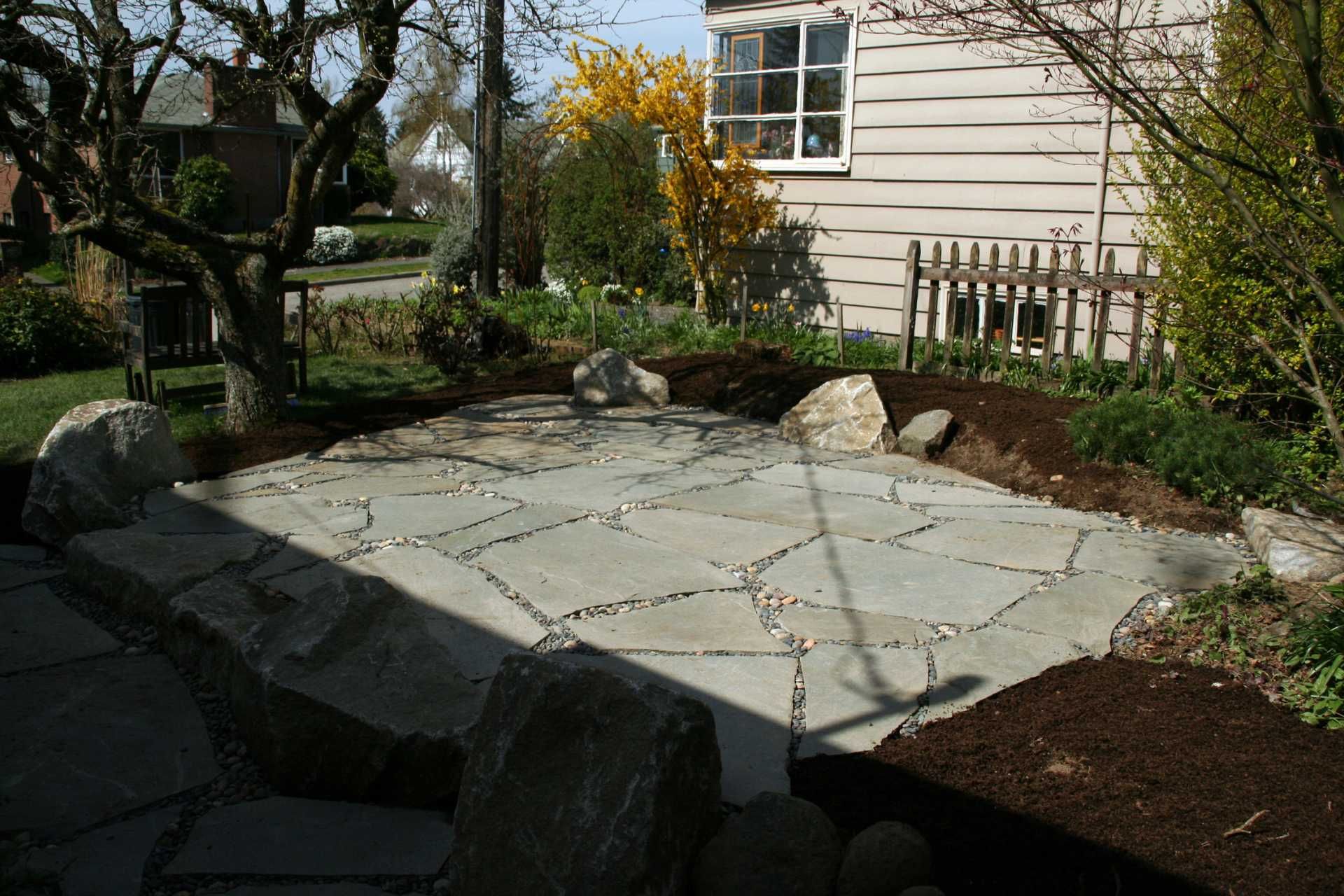
1. Create a flagstone pathway to guide visitors through your garden or yard.
Flagstone pathways are a beautiful and practical addition to any garden or yard. Not only do they help to guide visitors through your outdoor space, but they also add a touch of elegance and charm to the overall aesthetic.
Creating a flagstone pathway is not as difficult as it may seem, and with a little bit of planning and preparation, you can have a stunning walkway that will wow your guests and make your outdoor space feel more inviting.
The first step in creating a flagstone pathway is to choose the right location. Consider the natural flow of your garden or yard, as well as any existing landscaping features that you want to highlight or work around. Once you have chosen the location, mark out the path using stakes and string to ensure that it is the right size and shape.
Next, it's time to prepare the ground for the flagstones. Remove any existing grass or vegetation from the path area, and then dig down to a depth of around 3-4 inches. This will provide a solid base for the flagstones to sit on and ensure that they are level and stable.
Once the ground is prepared, it's time to lay the flagstones. Start by placing the largest flagstones first, evenly spaced along the path. Use a level to ensure that each stone is flat and even with the surrounding ground. Fill in any gaps between the flagstones with small stones or gravel to create a seamless and cohesive look.
To finish off your flagstone pathway, consider adding some landscaping features such as plants, lighting, or decorative accents. These finishing touches will help to enhance the beauty of the pathway and create a welcoming atmosphere for visitors.
2. Use flagstone to create a cozy outdoor patio or seating area.
Flagstone is a popular choice for creating outdoor patios and seating areas due to its natural beauty and durability. Here are steps to create a cozy outdoor patio or seating area using flagstone:
- Choose a location for your patio or seating area that is level and can accommodate the desired size. Make sure to clear the area of any vegetation or debris.
- Prepare the ground by excavating the area to a depth of about 4-6 inches. This will allow for a base layer of gravel and sand to be added for stability.
- Add a layer of gravel to the excavated area and use a tamper to compact it evenly. This will create a stable base for the flagstone.
- Next, add a layer of sand on top of the gravel. Use a board or screed to level the sand and create a flat surface for the flagstone.
- Lay the flagstone pieces on top of the sand in the desired pattern, leaving small gaps between each piece for a natural look.
- Once all the flagstone pieces are in place, use a rubber mallet to gently tap them into position and ensure they are level.
- Fill the gaps between the flagstone pieces with more sand or gravel, depending on your preference. This will help to stabilize the stones and prevent them from shifting.
- To finish off your cozy outdoor patio or seating area, add some comfortable outdoor furniture, cushions, and maybe even some string lights or plants for added ambiance.
3. Build a rustic flagstone fire pit to add a focal point to your landscape and provide a cozy gathering spot for friends and family to enjoy.
To build a rustic flagstone fire pit, follow these steps:
- Choose a location for your fire pit that is at least 10 feet away from any structures, trees, or other flammable materials. Make sure the area is level and clear of any debris.
- Mark out the outer perimeter of your fire pit using a length of rope or garden hose to create a circular shape. You can also use a spray paint to mark the area.
- Excavate the area inside the circle to a depth of about 6-8 inches. Remove any grass, roots, or rocks from the area. This will create a stable base for your fire pit.
- Fill the excavated area with a layer of gravel or crushed stone to create a level and stable base for your fire pit. Use a tamper to compact the gravel to ensure it is firm and even.
- Lay down a layer of firebrick or heat-resistant stone around the perimeter of the fire pit to create a ring for the flames to sit in. This will help protect the surrounding materials from heat damage.
- Begin laying the flagstones around the perimeter of the fire pit, starting at the outer edge and working your way towards the center. Make sure to leave small gaps between the stones to allow for airflow.
- Continue stacking the flagstones in a circular pattern, alternating the placement of each stone to create a rustic and natural look. You may need to cut some stones to fit around the curve of the fire pit.
- Once you have completed the first layer of flagstones, add a second layer on top to create a sturdy and visually appealing fire pit. Make sure to stagger the seams of the stones to create a stable structure.
- Fill in any gaps between the stones with gravel or sand to secure them in place and prevent shifting.
- Add a metal fire ring or grate to the center of the fire pit to contain the flames and provide a safe area for the fire. Add firewood and light your fire pit to enjoy cozy gatherings with friends and family.
4. Construct a flagstone retaining wall to add dimension and interest to your landscape.
Adding dimension and interest to your landscape can be achieved by incorporating a flagstone retaining wall into your outdoor space. Not only does a flagstone retaining wall add visual appeal, but it also serves a functional purpose by preventing soil erosion and creating defined spaces within your garden.
Flagstone is a popular choice for
retaining walls because of its durability and natural aesthetic. It is available in a variety of colors and sizes, allowing you to create a wall that complements the rest of your landscape design. Additionally, flagstone is easy to work with and can be laid in a variety of patterns to create a unique look for your retaining wall.
To construct a flagstone retaining wall, start by planning out the layout of the wall and marking the area where you want it to be built. Dig a trench along the marked area and use a level to ensure the trench is even and level. Next, fill the trench with a layer of gravel to create a stable base for the wall.
Begin laying the flagstone pieces on top of the gravel base, making sure to stagger the joints for added stability. Use a rubber mallet to gently tap the flagstone pieces into place, ensuring they are level and securely in the ground. Continue stacking the flagstone pieces on top of each other until you reach your desired height for the retaining wall.
Once the wall is fully constructed, backfill any gaps between the flagstone pieces with soil or gravel to provide additional support and stability. You can also plant creeping ground cover or flowers in between the flagstone pieces to add a pop of color and soften the look of the retaining wall.
5. Design a flagstone water feature, such as a fountain or pond, to add a sense of serenity and tranquility to your landscape.
When designing a flagstone water feature, the possibilities are endless. You can create a simple fountain with a bubbling rock or a more elaborate waterfall cascading into a pond. Whatever you choose, the sound of running water can have a calming effect, making your outdoor space a peaceful retreat to relax and unwind.
In addition to the visual and auditory benefits, a flagstone water feature can also attract wildlife to your garden. Birds, butterflies, and even small animals may be drawn to the water source, adding another layer of beauty and tranquility to your landscape.
When planning your water feature, consider working with a professional landscaper who can help you design a unique and functional addition to your outdoor space. They can help you choose the right location, size, and materials for your flagstone water feature, ensuring it blends seamlessly with the rest of your landscape.
6. Use flagstone to create borders and edging for your flower beds or garden areas.
Creating borders and edging with flagstone is relatively simple and can be done as a DIY project with a little bit of planning and effort. First, decide on the shape and dimensions of the border or edging you want to create. Then, dig a shallow trench along the perimeter of your flower bed or garden area where you want to place the flagstone. This will ensure that the flagstone sits flush with the ground and doesn't stick up too high.
Next, lay the flagstone pieces in the trench, making sure to leave a small gap between each piece for a natural and cohesive look. If you need to cut the flagstone to fit into smaller or irregular spaces, a masonry saw or chisel can be used to achieve the desired shape.
Once all the flagstone pieces are in place, fill in the gaps between them with sand or gravel to help stabilize the stones and prevent them from shifting over time. Finally, water the area to settle the flagstone into place and enjoy your newly defined and beautiful flower bed or garden area.
7. Incorporate flagstone steps into a steep incline or hillside to create a beautiful and functional way to navigate your landscape.
If you have a steep incline or hillside in your backyard, you may be struggling to find a way to navigate your landscape safely and efficiently. One solution that can add both beauty and functionality to your outdoor space is to incorporate flagstone steps into the hillside.
Flagstone is a popular choice for outdoor landscaping projects because of its natural beauty and durability. When used to create steps on a steep incline, flagstone can help to prevent erosion and provide a stable surface for walking.
One of the benefits of using flagstone steps in a hillside is that they can be customized to fit the natural contours of the land. This means that you can create a meandering pathway that seamlessly blends into the surrounding landscape. You can also choose from a variety of colors and shapes of flagstone to create a unique and visually appealing staircase.
8. Build a flagstone garden wall to create raised planting beds or terraced areas in your landscape.
Raised planting beds are a popular choice for many gardeners, as they provide better soil drainage and can help prevent soil compaction. By building a flagstone garden wall to create raised beds, you can easily access and maintain your plants while adding a touch of elegance to your landscape.
Terraced areas can also be created with flagstone garden walls, allowing you to level out sloped or uneven ground and create multiple levels for planting or seating areas. These terraced walls can help define different areas of your landscape and create a visually interesting focal point.
To build a flagstone garden wall, start by selecting the right type of flagstone for your project. Flagstone comes in a variety of colors and sizes, so choose one that complements the overall design of your landscape. You'll also need to gather additional materials such as landscape fabric, gravel, mortar, and a mallet.
Begin by excavating the area where you want to build your wall, making sure to create a level and stable base. Lay down a layer of
landscape fabric to help prevent weed growth and add a layer of gravel for drainage. Then, begin laying your flagstones, making sure to stagger them for stability and use mortar to secure them in place.
As you build your wall, be sure to periodically check for level and adjust as needed. You can also incorporate plants or flowers in between the flagstones to add a pop of color and softness to the structure.
Things to Consider When Choosing Flagstone for Your Landscaping Project
Color and Texture
Flagstone comes in a variety of colors and textures, so choose a shade and texture that compliments your overall landscaping design.
Size and Shape
Consider the size and shape of the flagstone pieces you want to use. Smaller, irregular pieces can create a more natural look, while larger, uniform pieces can have a more formal appearance.
Durability
Look for flagstone that is durable and able to withstand the elements, especially if it will be used for high-traffic areas like walkways or patios.
Cost
Flagstone can vary in cost depending on the type of stone and the size of the project. Consider your budget and choose flagstone that fits within your price range.
Maintenance
Consider how much maintenance your flagstone will require. Some types of flagstone may need to be sealed or treated regularly to maintain their appearance.
Installation
Think about how you want your flagstone to be installed. It can be set in concrete, dry laid on a sand or gravel base, or mortared in place. Each method has its own benefits and considerations.
Local Availability
Consider choosing flagstone that is locally sourced to reduce transportation costs and support local businesses.
If you're ready to elevate the look of your outdoor space with beautiful, locally sourced flagstones,
contact NH Thinstone today. Our team of experts will work with you to determine the perfect flagstones for your project and ensure that you have everything you need to bring your vision to life.
Design Style
Take into account the overall style of your landscaping and choose flagstone that complements that style. For example, a rustic flagstone may be more suitable for a country cottage garden, while a sleek, modern flagstone may be better for a contemporary landscape design.
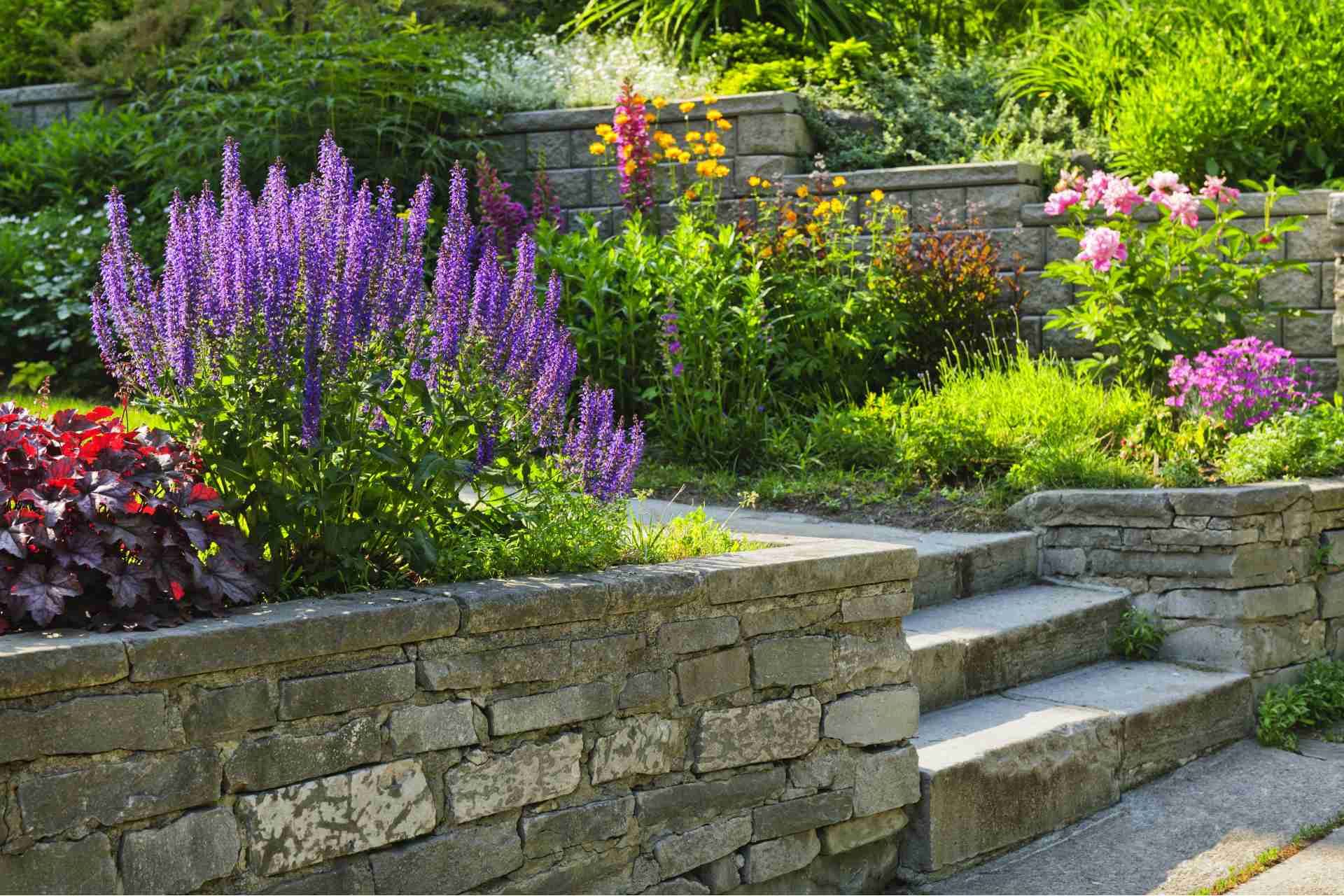

NH Thinstone
760 NH-16
Ossipee, NH 03864
CALL US
Phone: (603) 837-6685
EMAIL US
Email: ordersnht@gmail.com
HOURS
- Monday
- -
- Tuesday
- -
- Wednesday
- -
- Thursday
- -
- Friday
- -
- Saturday
- Appointment Only
- Sunday
- Appointment Only
Copyright © 2023 NH Thinstone, All Rights Reserved.

